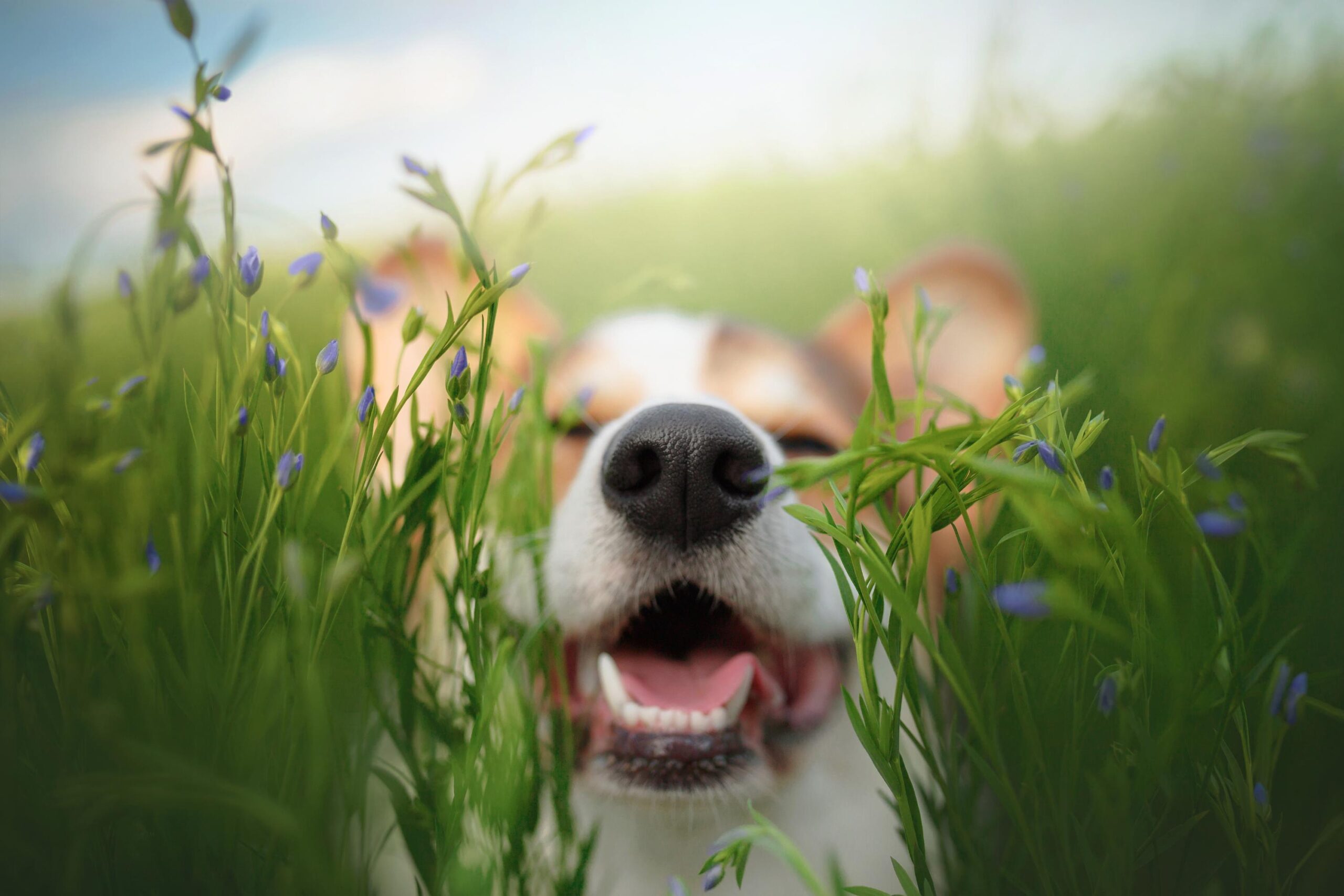The Lowdown on the Daring Dachshund Puppy
Dachshund puppies, with their distinctive long bodies and short legs, are bundles of energy and personality packed into a small frame. They are one of the most recognizable dog breeds in the world, often referred to as “wiener dogs” or “sausage dogs” due to their unique physique. But beneath their adorable exterior lies a complex history, a spirited temperament, and a need for specific care.
History & Origin
The Dachshund’s origins trace back to 15th-century Germany, where they were bred to hunt badgers. The name “Dachshund” literally translates to “badger dog” in German (“Dachs” meaning badger and “Hund” meaning dog). Their elongated body and short legs were specifically developed to allow them to burrow into badger setts and other animal dens, flushing out prey. Over time, they were also used to hunt rabbits and even wild boar. This hunting heritage is crucial to understanding the Dachshund’s inherent drive and personality.
Physical Characteristics
Dachshunds come in three coat types and two sizes:
- Coat Types:
- Smooth-haired: The most common variety, with a short, shiny, and smooth coat.
- Long-haired: Known for their silky, wavy coat that requires more grooming.
- Wire-haired: A distinctive, harsh, and wiry coat with a beard and bushy eyebrows.
- Sizes:
- Standard: Typically weighs between 16 and 32 pounds.
- Miniature: Weighs under 11 pounds.
Regardless of size or coat, all Dachshund puppies share the same unmistakable silhouette: a long, muscular body on short, stubby legs, with a deep chest and a long snout. Their large, expressive eyes and floppy ears add to their charm.
Temperament & Personality
Dachshund puppies are known for their lively, courageous, and sometimes stubborn nature. They are not your average lap dog, despite their size. They possess a big-dog personality in a small-dog body, often displaying:
- Brave and Bold: They were bred to face formidable prey, and this fearless attitude persists. They will confidently stand up to much larger dogs and are not afraid to be the “alpha.”
- Intelligent and Clever: Dachshunds are smart and can learn quickly, but their intelligence is often paired with a stubborn streak. This can make training a challenge, as they will often try to outsmart their owners.
- Playful and Energetic: They have a surprising amount of energy and love to play. They are excellent companions for active families who can provide them with daily exercise and mental stimulation.
- Devoted and Affectionate: Once they bond with their family, Dachshunds are incredibly loyal and loving. They enjoy cuddling and are often quite attached to their owners.
- Vocal: They have a surprisingly loud and deep bark for their size, which they are not shy about using. This makes them excellent watchdogs, but it also means training for a “quiet” command is essential.
Training & Socialization
Training a Dachshund puppy requires patience, consistency, and a sense of humor. Their stubbornness can be a hurdle, but positive reinforcement methods and high-value treats can work wonders.
- Early Socialization: Exposing your Dachshund puppy to a variety of people, places, sounds, and other dogs from a young age is crucial. This helps them develop into a well-rounded and confident adult dog, reducing the likelihood of fear-based aggression or excessive barking.
- Potty Training: Due to their small bladders and independent nature, Dachshunds can be notoriously difficult to potty train. Crate training, a consistent schedule, and frequent trips outside are key.
- Leash Training: Because of their strong prey drive, it’s vital to teach them to walk on a leash from a young age. They will chase after squirrels, rabbits, and anything else that moves, so a secure harness is a must.
Health & Care
Dachshunds, especially puppies, have specific health needs due to their unique body structure.
- Back Problems: The most significant health concern for Dachshunds is Intervertebral Disc Disease (IVDD). Their long spine is susceptible to injury. To prevent this, it’s essential to:
- Discourage jumping on and off furniture. Consider providing ramps or stairs.
- Prevent excessive weight gain, which puts extra stress on their back.
- Support their back when picking them up by placing one hand under their chest and the other under their hindquarters.
- Exercise: Despite their size, they need regular exercise to maintain a healthy weight and a strong back. Short, daily walks and playtime are perfect. Avoid high-impact activities like running long distances or jumping.
- Grooming: Grooming needs vary by coat type:
- Smooth-haired: Requires minimal grooming, a quick brush a few times a week.
- Long-haired: Needs daily brushing to prevent matting.
- Wire-haired: Requires hand-stripping a few times a year.
- Dental Care: Like all small breeds, Dachshunds are prone to dental problems, so regular teeth brushing is recommended.
Is a Dachshund Puppy Right for You?
A Dachshund puppy is a wonderful addition to a family that is prepared for their unique personality and needs. They are best suited for:
- Families who can provide consistent training and socialization.
- Owners who are active but understand the limitations of the breed’s back.
- Households without a lot of high-up furniture or a willingness to install ramps.
- People who appreciate a dog with a big personality and a lot of love to give.
If you are looking for a playful, courageous, and devoted companion who will keep you entertained with their antics, the Dachshund puppy might just be the perfect fit.
Frequently Asked Questions
1. Are Dachshund puppies good with children?
Dachshunds can be great with children, but it depends on both the dog and the child. They are often playful and energetic, which can be a good match for kids. However, due to their delicate backs, it is crucial to teach children how to handle them properly. Rough play, dropping the puppy, or squeezing them can lead to serious injury. Supervision is always recommended, especially with very young children.
2. How much exercise does a Dachshund puppy need?
Dachshund puppies have a surprising amount of energy and need regular exercise to stay healthy and happy. Short, daily walks (around 20-30 minutes) are perfect. They also love playtime in a securely fenced yard. Avoid high-impact activities, such as jumping or long-distance running, as these can put undue stress on their spine.
3. Are Dachshunds easy to train?
Dachshunds are intelligent, but they are also known for their stubborn and independent nature, which can make training a challenge. They require a patient and consistent owner who uses positive reinforcement methods. Early and consistent training, as well as proper socialization, are key to raising a well-behaved Dachshund.
4. How long does it take to potty train a Dachshund?
Potty training a Dachshund can be a lengthy process. They are notoriously difficult to housebreak due to their small bladders and independent streak. Consistent crate training, a regular potty schedule, and immediate praise for going outside are the most effective methods. It may take several months to fully potty train a Dachshund puppy.
5. Do Dachshunds bark a lot?
Yes, Dachshunds are known to be quite vocal. They were bred to bark to alert hunters to the location of their prey, and this trait has persisted. They have a surprisingly deep and loud bark for their size. While this makes them excellent watchdogs, it can also become a nuisance.
6. What are the common health problems in Dachshunds?
The most significant health concern for Dachshunds is Intervertebral Disc Disease (IVDD), a back problem caused by their long spine. Other common issues include eye problems, such as Progressive Retinal Atrophy (PRA), and dental disease. Maintaining a healthy weight and discouraging activities that strain their back are crucial for their long-term health.
7. How should I pick up a Dachshund puppy to protect its back?
To properly support a Dachshund’s back, always use two hands. Place one hand under their chest to support their front half and the other hand under their hindquarters to support their back half. Avoid picking them up by holding them under their armpits, as this can put a lot of strain on their spine.
8. Do Dachshunds get along with other pets?
Dachshunds can get along with other pets, especially if they are socialized from a young age. However, due to their strong prey drive, they may not be the best choice for a home with small animals like rabbits, hamsters, or guinea pigs. They can coexist happily with cats and other dogs, but proper introductions and supervision are always important.
9. What is the difference between a smooth-haired, long-haired, and wire-haired Dachshund?
The primary difference is their coat. Smooth-haired Dachshunds have a short, sleek coat. Long-haired Dachshunds have a soft, wavy coat that requires regular grooming. Wire-haired Dachshunds have a coarse, wiry coat with a distinctive beard and eyebrows, which needs special stripping a few times a year. Their temperament and size are generally the same across all three coat types.
10. How long do Dachshunds live?
The average lifespan of a Dachshund is between 12 and 16 years. With proper care, a healthy diet, regular exercise, and preventative veterinary check-ups, they can live a long and fulfilling life.




